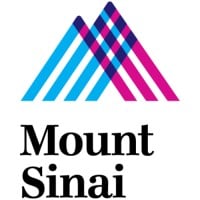
Stanford Health Care
Stanford Health Care, with multiple facilities throughout the Bay Area, is internationally renowned for leading edge and coordinated care in cancer care, neurosciences, cardiovascular medicine, surgery, organ transplant, medicine specialties, and primary care. Throughout its history, Stanford has been at the forefront of discovery and innovation, as researchers and clinicians work together to improve health, alleviate suffering, and translate medical breakthroughs into better ways to deliver patient care. Stanford Health Care: Healing humanity through science and compassion, one patient at a time. At Stanford Health Care, your career is supported within a distinctive hospital culture. This environment compliments the pioneering, collaborative atmosphere that has earned us our worldwide reputation for excellence.






